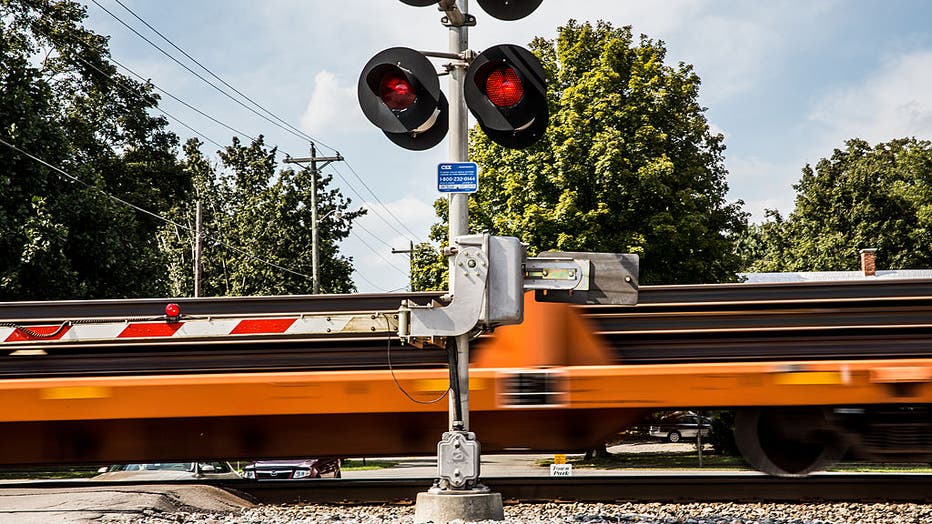One union rejects tentative deal days ahead of rail strike deadline
OMAHA, Neb. - Members of one union rejected a tentative deal with the largest U.S. freight railroads Wednesday while three other unions remained at the bargaining table just days ahead of a strike deadline, threatening to intensify snarls in the nation’s supply chain that have contributed to rising prices.
About 4,900 members of the International Association of Machinists and Aerospace Workers District 19 voted to reject the tentative agreement negotiated by IAM leadership with the railroads, the union said Wednesday. But the IAM agreed to delay any strike by its members until Sept. 29 to allow more time for negotiations and to allow other unions to vote.
Railroads are trying to reach an agreement with all their other unions to avert a strike before Friday’s deadline. The unions aren’t allowed to strike before Friday under the federal law that governs railroad contract talks.
A freight rail strike would also disrupt passenger traffic because Amtrak and many commuter railroads operate on tracks owned by the freight railroads. Amtrak has already cancelled a number of its long-distance trains this week.
In Washington state, Sound Transit said a national railroad strike would cancel Sounder commuter rail trains beginning Friday, Sept. 16.
Government officials and a variety of businesses are bracing for the possibility of a nationwide rail strike that would paralyze shipments of everything from crude and clothing to cars, a potential calamity for businesses that have struggled for more than two years due to COVID-19 related supply chain breakdowns.
There are 12 unions — one with two separate divisions — that must agree to the tentative deals. So far, nine had agreed to tentative deals and three others are still at the bargaining table. IAM members were the first to reject their deal while other votes are expected Wednesday.
The tentative deals are based on the recommendations of a Presidential Emergency Board Joe Biden appointed this summer that called for 24% raises and $5,000 in bonuses in a five-year deal that’s retroactive to 2020. The deal also includes one additional paid leave day a year and higher health insurance costs.

The key unions that represent the conductors and engineers who drive trains are holding out in the hope that railroads will agree to go beyond those recommendations and address some of their concerns about unpredictable schedules and strict attendance policies that they say make it difficult to take any time off.
Contract talks continued Wednesday with Labor Secretary Marty Walsh participating to put pressure on both sides to reach a deal before Friday’s deadline.
"All parties need to stay at the table, bargain in good faith to resolve outstanding issues, and come to an agreement," White House Press Secretary Karine Jean-Pierre said. "A shutdown of our freight system is an unacceptable outcome for our economy and the American people, and all parties must work to avoid just that."
If the two sides can’t agree, Congress could step in to block a strike and impose terms on the railroads and unions, but it wasn’t clear Wednesday how quickly they could or would act because Democrats and Republicans may not be able to readily agree on a solution. A number of business groups have written letters to lawmakers over the past week urging them to be prepared to step in because of their concerns that a rail strike would be what the Business Roundtable called an "economic catastrophe."
The many businesses that rely on railroads to deliver their raw materials and finished products say a rail strike would cause significant problems particularly for oil refineries, chemical businesses, auto makers, retailers and agricultural groups. The Association of American Railroads trade group estimated that a strike would cost the economy more than $2 billion a day.
Businesses would likely try to turn to trucks and other modes of shipping if the railroads do shut down, but there isn’t enough trucking capacity to take up all the slack. The railroad trade group estimated that 467,000 additional trucks a day would be required to deliver everything railroads handle now.

